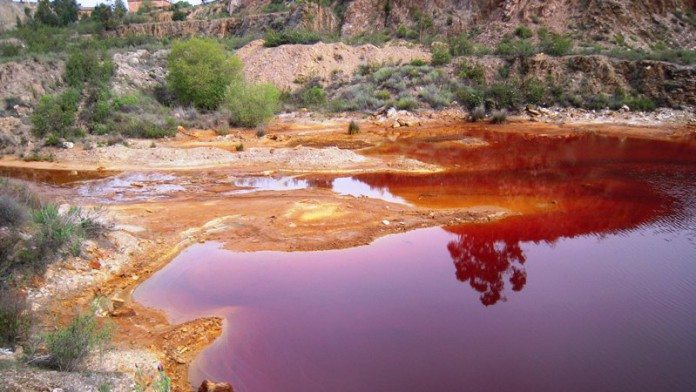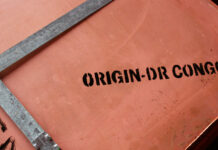
A TOXIC waste spill at a Chinese-owned copper mine in Zambia released 30 times more poisonous material than officially reported, said Bloomberg News citing independent assessments of the February disaster.
Environmental consultants Drizit Zambia estimated that 1.5 million tons of toxic sludge escaped when a dam failed at Sino-Metals Leach Zambia’s facility near Kitwe—enough to fill over 400 Olympic swimming pools. Government and company figures previously suggested only 50,000 tonnes had spilled, the newswire said.
Drizit described the incident as a “large-scale environmental catastrophe” threatening water supplies, fisheries, and agricultural land across the region. The consultancy was subsequently dismissed by Sino-Metals, which cited “contractual breaches.”
The disaster has prompted international concern, with the US Embassy withdrawing staff from Kitwe after newly obtained information revealed the contamination’s true extent. Ambassador Michael Gonzales reportedly described it as potentially the sixth-worst mining disaster in history, warning that arsenic, cyanide, and uranium contamination will pose long-term risks.
The February breach occurred during heavy rainfall, releasing sulphuric acid-laden material into the Mwambashi River. Initial tests recorded pH levels as low as 1—acidic enough to dissolve human bones. The contaminated water flows into the Kafue River, which supplies Lusaka and passes through major wildlife reserves, said Bloomberg.
Despite government assurances about water safety, environmental groups warn of persistent heavy metal contamination affecting 800 residents near the disaster zone. The incident threatens President Hakainde Hichilema’s ambitious plans to triple copper production whilst complicating relations with Chinese creditors, the newswire said.









